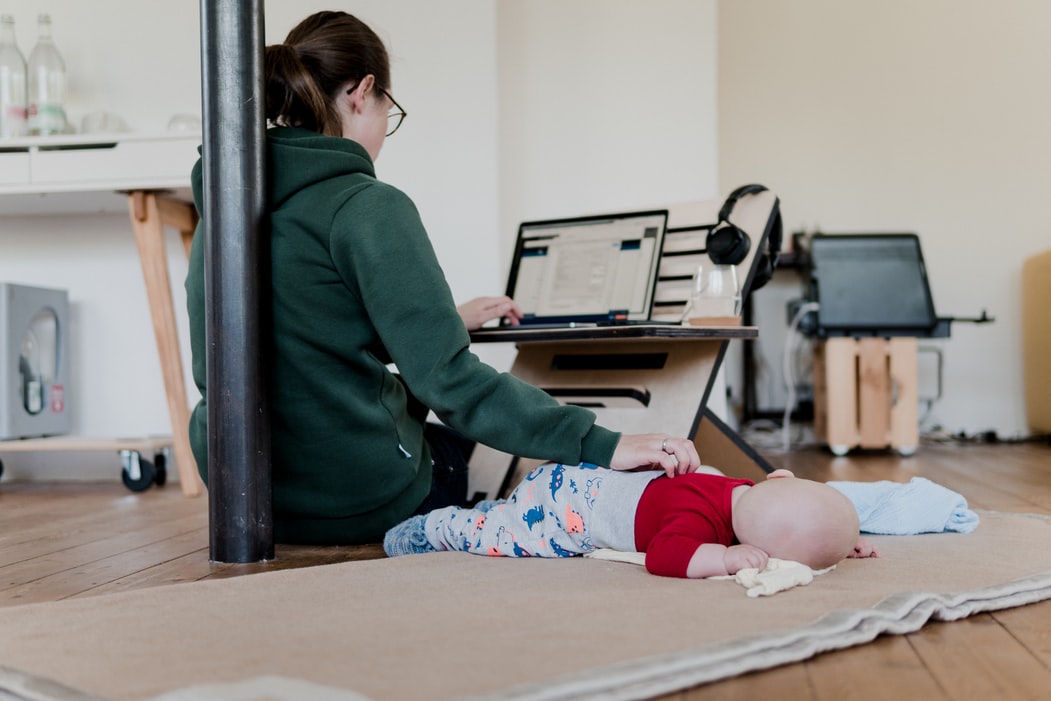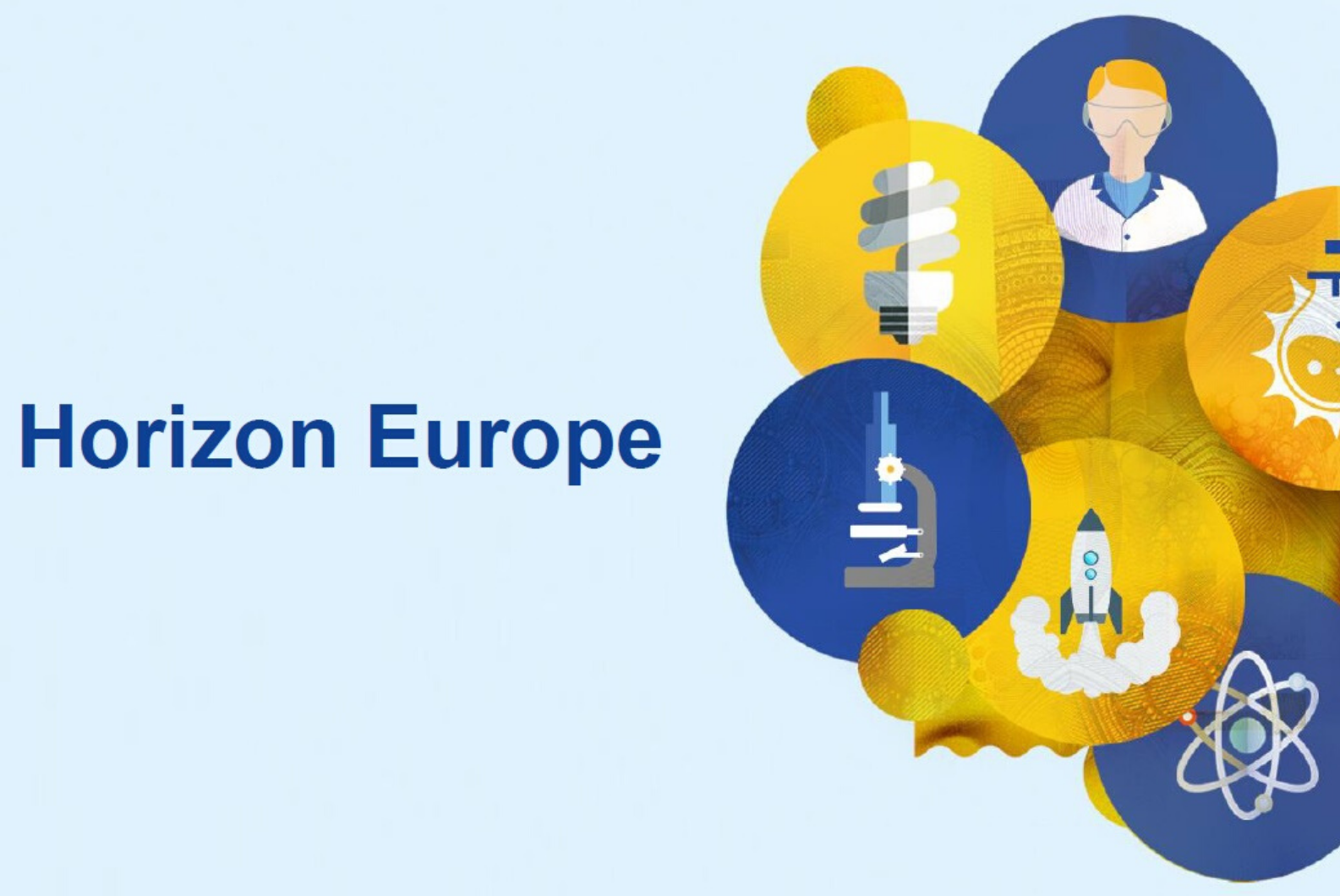Psychological dimensions of the impact of Covid-19 emergency
By Cristina Cabras, Silvia De Simone, Barbara Barbieri and Mirian Agus, University of Cagliari
How did the pandemic scenario affect the performance of the academic staff? In order to answer to this question, in the context of the SUPERA project the University of Cagliari developed a survey with the aim to explore the impact of psychological, sociological, economics and communicative dimensions on the productivity of the academic staff during the Covid-19 crisis. This report anticipates the preliminary results concerning the psychological dimensions.
The survey was administered to 968 participants between September and October 2020 with a response rate of about 25%; the participation was completely voluntary, and the questionnaire ensured anonymity. A total of 243 participants (researchers, associate and full professors), 50% men and 50% women, ranging from 30 to 70 years old, completed the questionnaire. Ot them, almost 56% of participants have children.
We investigated the relation among perceived stress, work-family interface, workload, perceveid organizational support, work engagement, workplace social isolation, scientific productivity and satisfaction. To measure these variables, we administered standardized scales.
Multivariate analysis
We performed the multivariate analysis of variance (MANOVA) to determine if there were significant differences between gender, academic position, presence/absence of children, scientific productivity and productivity satisfaction on the variables studied. The multivariate analysis of variance has age as a covariate.
While the results show a significant effect regarding gender, academic position, presence/absence children, productivity satisfaction, no significant effect was found on scientific productivity.
The results show that women feel more negative stress. A possible interpretation is that they feel to have less control over the most important aspects of their life and also to face too many difficulties in working environments.
Moreover, women perceive greater organizational support. In other words, they feel that their contributions and their efforts are appreciated, believing that the organization cares about their well-being and their job satisfaction. In addition to that, we found a significant effect regarding the academic position in relation to the negative interface of the family at work. In particular, the results show that full and associate professors have the highest levels of negative interface from family to work. This could mean that they have more problems with family interference in carrying out work assignments. In contrast, researchers hired on temporary contracts have the lowest levels of interference from family to work. The results show the highest levels of workload for associate and full professors: they are frequently asked to work hard and fast. On the other hand, researchers hired on temporary contracts have fewer workloads: this could mean that, compared to the other roles, they perceive a greater usefulness of their job duties and perceive they have less workload in terms of quality and quantity.
The presence of children is associated with higher levels of negative interference from work to family. It’s likely that those who have children have more negative relationships between work and family. Moreover, the presence of children is associated with higher levels of negative interference from family to work: those who have children have more negative interactions between family and work.
Finally, the results show that high levels of productivity satisfaction are associated with positive interference from work to family. It could mean that those with high satisfaction have positive experiences of interference from work to family.
Regression model
In order to test the role of the different dimensions of the work-family interface, workload and perceived organizational support on positive and negative perceived stress, productivity and productivity satisfaction, four regressions were conducted.
The regression models considered as dependent variables respectively: positive stress, negative stress, scientific productivity and satisfaction productivity; while as independent variables we have two blocks: workload and perceived organizational support, the four work-family interface dimensions.
Three models were significant, while the regression model of the scientific productivity variable did not show significant results.
The first regression model (dependent variable: Positive Perceived Stress) explains 6.3% of the variance, the second regression model (dependent variable: Negative Perceived Stress) explains 20% of the variance, and the third regression model (dependent variable: productivity satisfaction) explains 18% of the variance; instead, the four regression model (dependent variable: scientific productivity) did not show significant results.
Specifically, the results of the first regression show that only the positive work-to-family spillover is predictive of the positive perceived stress; there is therefore a positive association between the positive perception of stress and the positive work-to-family direction.
The results of the second regression show three predictors with a significant influence on the negative perceived stress. In particular, the data show a negative relationship between age and the negative perceived stress, between the positive work-to-family spillover and the negative perceived stress, while there is a positive relationship between the negative work-to-family spillover and the negative perceived stress.
Finally, there are two predictors for the productivity satisfaction dimension. The data show a positive relationship between positive work-to-family spillover and productivity satisfaction, while there is a negative relationship between the negative family-to-work spillover and productivity satisfaction.
SUMMARY
- Women feel more negative stress, even though at the same time they feel more supported by their own organization.
- Full professors and associate professors are those who perceive the most workload and who perceive a conflict between the family and work domains with the family that negatively interfere with work.
- Parents experience more negative stress than non-parents, but they feel more supported by the organization and experience more negative work-to-family and family-to-work spillover.
- Positive stress is more associated with positive work-to-family spillover.
- Negative stress is more associated with age (with increasing age, negative stress decreases) and with positive and negative work-to-family spillover.
- Satisfaction with scientific productivity is mostly associated to a positive work-to-family spillover and to negative family-to-work spillover.
- Scientific productivity is not explained by the dimensions analyzed in this study.



